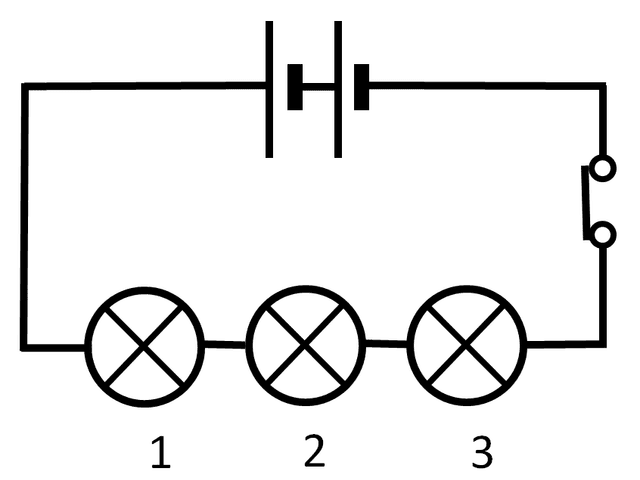Myths about teaching can hold you back
- Year 8
Measuring electric current
I can measure current and describe the rule for current in a series circuit.
- Year 8
Measuring electric current
I can measure current and describe the rule for current in a series circuit.
These resources will be removed by end of Summer Term 2025.
Switch to our new teaching resources now - designed by teachers and leading subject experts, and tested in classrooms.
These resources were created for remote use during the pandemic and are not designed for classroom teaching.
Lesson details
Key learning points
- An ammeter is used to measure the size of an electric current.
- An ammeter measures the current flowing through it without affecting the current in the circuit it is connected into.
- Electric current is measured in amps (A), which is short for amperes.
- The current in a series circuit is the same everywhere.
- Adding a component to a series circuit changes the current everywhere, on both sides of the component.
Keywords
Ammeter - An ammeter is a device that measures the current flowing in a circuit.
Amps (A) - An ammeter measures the current in units called amps (A) which is short for amperes.
Series circuit - A series circuit is an electric circuit with one complete loop from one end of a battery to the other end.
Common misconception
Pupils often hold a consumption model of electric current, believing it is used up in a circuit. They misuse the terms voltage, current and electricity, and may choose a voltmeter to measure current.
Encourage pupils to investigate the size of the current through a range of different conductors (and insulators) using an ammeter in a simple circuit. This will help them become familiar with the ammeter and its correct use.
To help you plan your year 8 science lesson on: Measuring electric current, download all teaching resources for free and adapt to suit your pupils' needs...
To help you plan your year 8 science lesson on: Measuring electric current, download all teaching resources for free and adapt to suit your pupils' needs.
The starter quiz will activate and check your pupils' prior knowledge, with versions available both with and without answers in PDF format.
We use learning cycles to break down learning into key concepts or ideas linked to the learning outcome. Each learning cycle features explanations with checks for understanding and practice tasks with feedback. All of this is found in our slide decks, ready for you to download and edit. The practice tasks are also available as printable worksheets and some lessons have additional materials with extra material you might need for teaching the lesson.
The assessment exit quiz will test your pupils' understanding of the key learning points.
Our video is a tool for planning, showing how other teachers might teach the lesson, offering helpful tips, modelled explanations and inspiration for your own delivery in the classroom. Plus, you can set it as homework or revision for pupils and keep their learning on track by sharing an online pupil version of this lesson.
Explore more key stage 3 science lessons from the Series circuits unit, dive into the full secondary science curriculum, or learn more about lesson planning.

Equipment
See additional materials.
Content guidance
- Risk assessment required - equipment
Supervision
Adult supervision required
Licence
Prior knowledge starter quiz
6 Questions
Q1.What is the name of the tiny, charged particles that flow in a circuit?
Q2.What is the name of the component that can be closed (to allow current to flow) or opened (to stop current flowing)?
Q3.Which of the following words is used to describe a flow of charge?
Q4.Where do electrons enter a cell?
Q5.Where would you find electrons that can flow to cause a current? Select all that apply.
Q6.Match the following electrical terms to their definition.
a tiny, negatively charged particle
this can be either negative or positive
a component that pushes out and pulls in electrons
Assessment exit quiz
6 Questions
Q1.Which of the following images is of an ammeter?
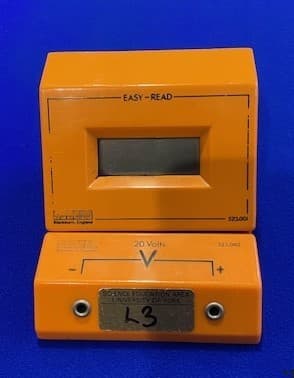
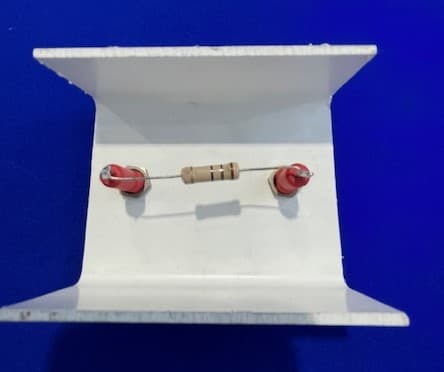
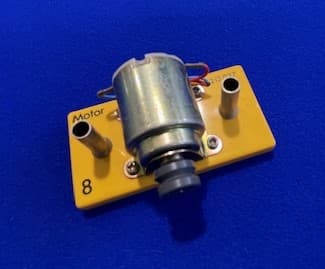
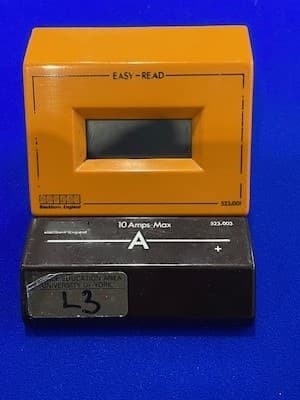
Q2.What happens to the current in a series circuit?
Q3.What will happen to the current when an ammeter is placed in a series circuit?
Q4.Which of the following statements about this circuit is correct?
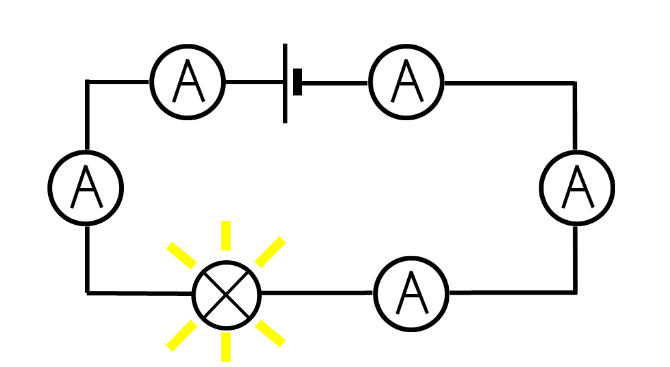
Q5.Which of the following statements about the readings on the two ammeters is correct?
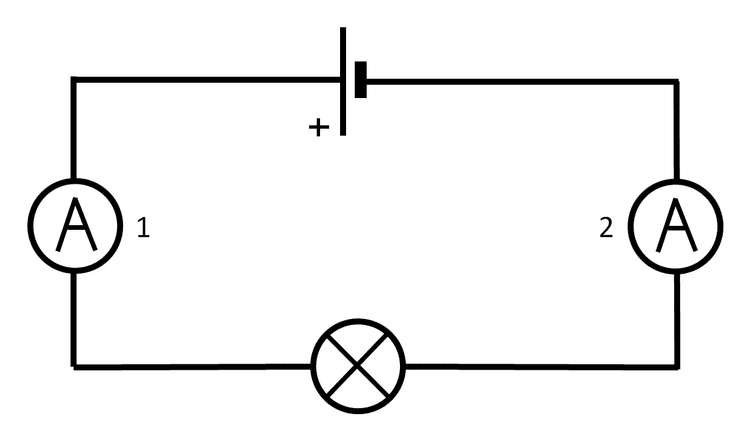
Q6.What of the following statements about the lamps in the circuit shown is correct?
